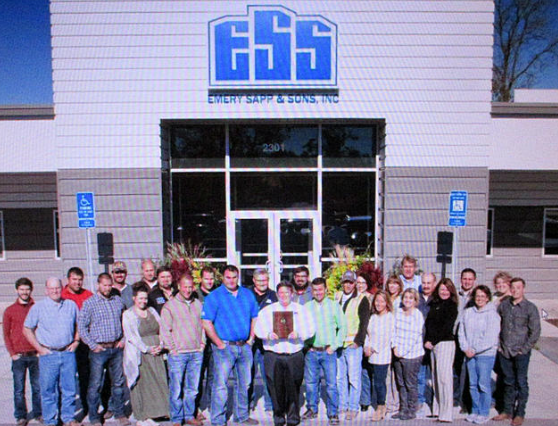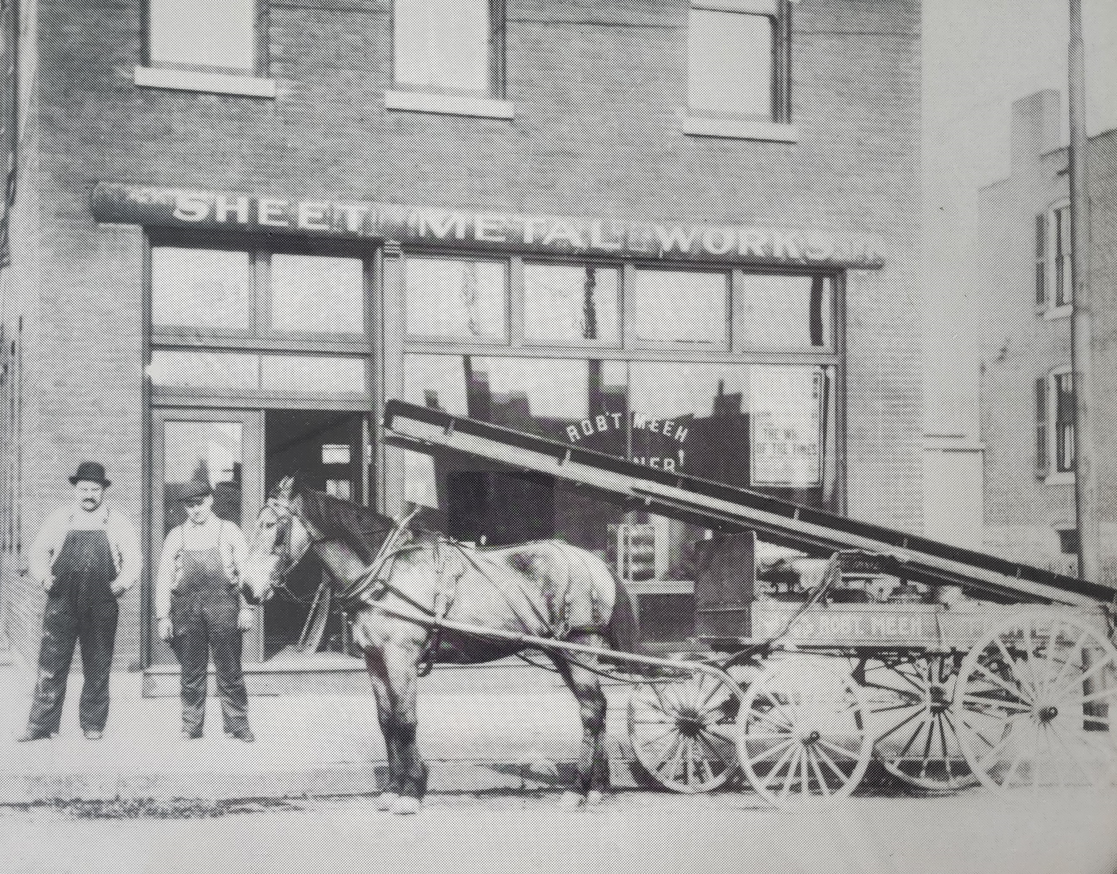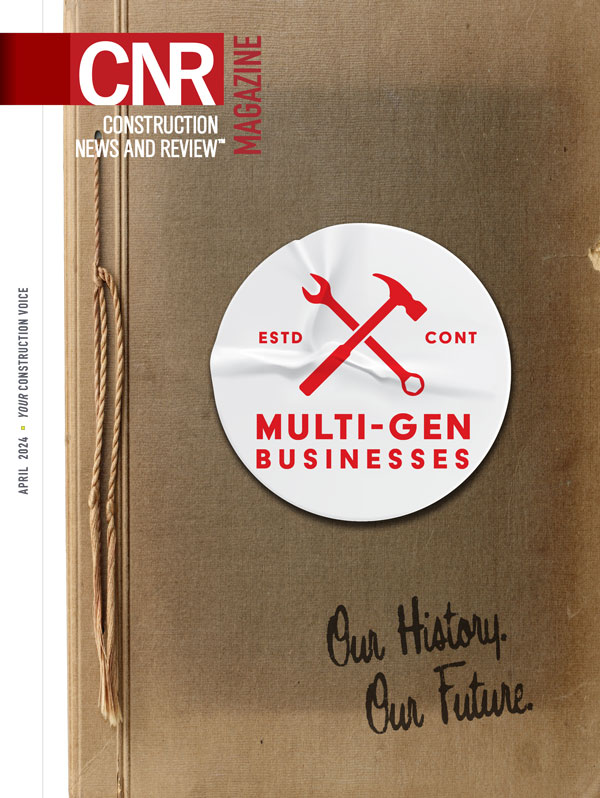Delivery Methods Evolve Over Time to Allow for More Up-Front Collaboration
By KERRY SMITH
Just as the very nature of construction projects has evolved through the decades, so have the means by which commercial contractors identify themselves, the mode through which they deliver projects and their role on the project team.
Delivery methods offer more options than back in the old days, when low bid – also known as design-bid-build – ruled the roost.
As owners become savvier and their projects become more complex – and as their designers, engineers and builders realize the benefits of earlier collaboration to ensure the project’s success – the popularity of delivery systems known as design-build and Construction Management at Risk or CMAR continue to increase. As opposed to hard bid, which brings in a builder to build a project that already has a fixed price attached to it, design-build and CMAR allow the architect, engineer, specialty contractors, trades and the general contractor/construction manager to sit at the table early on, working together to envision and estimate the project and its cost while building in scope flexibility. Just this year, Illinois made it legal for municipalities and school districts to use design-build.
Steve Bannes, professor and program director of Graduate Studies in Construction Management at Washington University in St. Louis, says the transition toward design-build likely began in the early 1970s because the long-time design-bid-build method no longer served many projects and their owners well.
Where there are lots of moving pieces – literally and figuratively – specific to funding, procurement, timing, planning, risk exposure and actual construction, delivery methods that allow for up-front input and flexibility offer builders and owners a better way forward, he says.
“If you look back 40 to 50 years or more at the history of things, there really was no such thing as a construction manager…we were all GCs,” said Bannes, who worked for years in the family business now known as BSI Constructors. “I can clearly remember our very basic marketing strategy. When an architect called and asked us to bid, we said yes. Contact with the owner was unnecessary. We really were, and in many cases, still are a vendor or commodity under the low-bid delivery method.”
Bidding purely on plans and specification, says Bannes, often allows for only a distant working relationship with the owner – and it sets up an adversarial relationship among project partners.
“Construction Manager at Risk was the logical step forward,” he said. “The CMAR brings builders and others into the project very early on. Now the CMAR is able to study the plans and specs as they develop and is starting to provide input into the process at a time when it can actually be influential from a constructability perspective. Under the old (hard bid) process, if a bidder comes up with a brilliant idea and brings it to the architect, the architect will say, ‘We can’t entertain that idea because the plans are already complete.’ But under CMAR, we’re able to integrate design and preconstruction as a service for the project owner,” Bannes added. “Then, at some point in time, the CMAR will put together a price for the project that includes some contingency (dollars) for unforeseen conditions such as problematic soils. CMAR allows the project price to be a bit more dynamic.”
One factor remains very similar between a general contract and a construction manager: their duties. Bannes says a CMAR takes on all the construction responsibilities typically belonging to a GC and then some.
And lest anyone think that a construction company has to choose to identify as solely a GC or solely a CMAR, that is not the case. Contractors often choose their role based upon the project delivery system that best suits a specific project and the work at hand.
“A lot of companies today are flexible enough to pursue projects in many delivery systems including traditional GC, CMAR, agency construction management and design-build,” said Bannes. “The chosen delivery system is often a decision made by the owner in collaboration with project partners.”
S. M. Wilson & Co. is an ideal example of a longstanding commercial contractor who delivers projects via all of these delivery systems. Mark Cochran, COO at S. M. Wilson, says for many years of the 103-year-old firm’s existence, S. M. Wilson identified as a GC. But over the past 20 to 25 years, S. M. Wilson has added a robust preconstruction department to support CMAR and design-build to its delivery system options.
“Market changes and conditions often influence collaborative delivery methods,” Cochran said.
Before 2016, the only legal collaborative method for public entities such as school districts and municipalities in Missouri was construction management agency/advisor (CMa). Agency construction can be delivered in a similar fashion to CMAR, but all of the trade contracts and the risk lies with the owner. With CMAR, the CM is legally responsible for the project schedule and budget and a guaranteed maximum price or GMP can be set.
“We began delivering projects as a Construction Manager as Agent, and then state statutes changed to allow Construction Management at Risk…state legislatures really responded to what the private market was doing,” said Cochran. “It’s a natural evolution of the construction industry.”
Only 15 percent to 20 percent of S. M. Wilson’s work today is performed via a design-bid-build delivery structure as more collaborative deliveries allow for better cost and schedule control.
When working as a CMAR or design-builder, contractors are selected based upon qualifications rather than cost. Cochran says CMARs on public projects are required to bid out the trades work associated with the project. “Since we’re bidding out the trades portion of these projects, it looks more like a hybrid of traditional design-bid-build and design-build,” he said. “The preconstruction fee and general conditions cost are all part of that up-front selection process…selection is based upon qualification and cost.”
Some 95 percent of S. M. Wilson’s public school work is delivered as a CMAR, according to Cochran.
“The overall market trend continues to lean toward the collaborative, integrated project delivery methods,” he said.
Fresh Content
Direct to Your Inbox

YOUR CONSTRUCTION VOICE IN ST. LOUIS AND BEYOND
Join CNR Magazine today as a Content Partner
As a CNR Content Partner, CNR Magazine promises to support you as you build, design and engineer projects not only in and around St. Louis, but also across the U.S. CNR is equipped and ready to deliver a dynamic digital experience paired with the top-notch, robust print coverage for which you’ve always known and respected the magazine.






